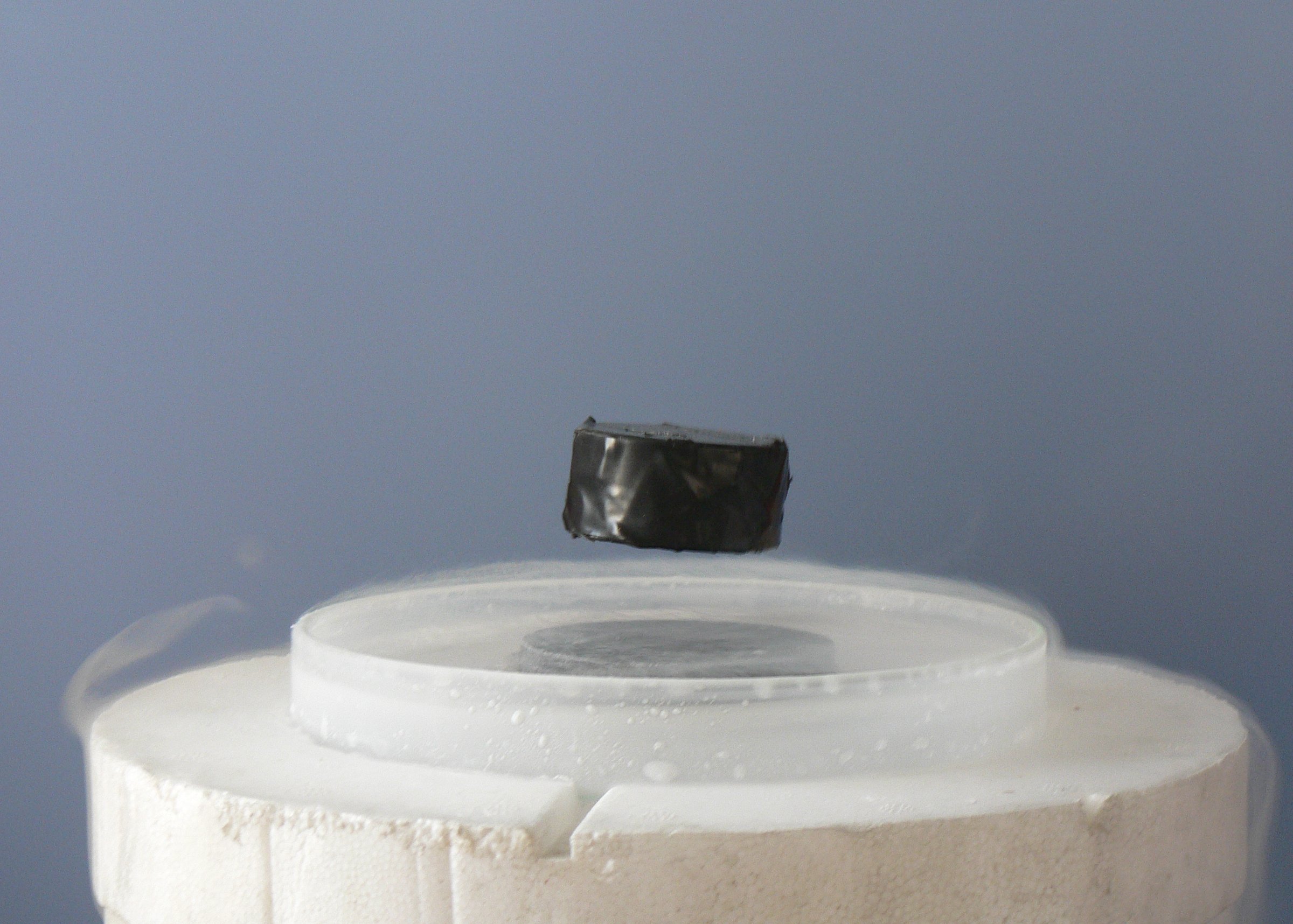Practical applications of Superconductors
- Introduction to Superconductors
- Different Types of Superconductors
- Quantum Mechanics
- Synthesis and Fabrication of Superconductors
- Superconductors and Electronics
- Superconductivity and Energy
- Innovation and the Future of Superconductors
- Reflection and Discussion
Different Types of Superconductors
High-Temperature Superconductors: Understanding, Materials, and Applications

Electrical conductivity with exactly zero resistance.
Superconductivity, a phenomenon where materials exhibit zero electrical resistance and expulsion of magnetic fields, was first discovered in mercury at temperatures close to absolute zero. These materials, known as low-temperature superconductors, have been extensively studied and utilized. However, the need for such low temperatures limits their practical applications.
The discovery of high-temperature superconductors (HTS) in the 1980s revolutionized the field. These materials exhibit superconductivity at much higher temperatures, sometimes above the boiling point of liquid nitrogen (-196 degrees Celsius), making them more feasible for practical applications.
Understanding High-Temperature Superconductors
High-temperature superconductors are primarily ceramic materials composed of copper oxides (cuprates). They exhibit superconductivity at temperatures significantly higher than traditional superconductors. The exact mechanism of high-temperature superconductivity is still a topic of ongoing research, but it is believed to involve the pairing of electrons (Cooper pairs) in a manner different from low-temperature superconductors.
Materials Used in High-Temperature Superconductors
The first high-temperature superconductor, discovered in 1986, was a lanthanum-based cuprate. Since then, several other materials have been found to exhibit high-temperature superconductivity. The most commonly used high-temperature superconductors today are Yttrium Barium Copper Oxide (YBCO) and Bismuth Strontium Calcium Copper Oxide (BSCCO). These materials can become superconducting at temperatures as high as -135 degrees Celsius, which is significantly higher than the -243 degrees Celsius required for low-temperature superconductors.
Applications and Uses of High-Temperature Superconductors
The higher critical temperatures of HTS make them more suitable for practical applications. They are used in a variety of fields, including:
- Power Systems: HTS can be used to make power cables, transformers, and fault current limiters with higher efficiency and lower energy loss than traditional materials.
- Magnetic Resonance Imaging (MRI): The strong magnetic fields required for MRI can be generated more efficiently using HTS.
- Particle Accelerators: HTS are used in the magnets of particle accelerators, such as the Large Hadron Collider.
- Telecommunications: HTS can be used to make filters for mobile phone base stations, improving signal quality and reducing energy consumption.
In conclusion, high-temperature superconductors, with their unique properties and wide range of applications, represent a significant advancement in the field of superconductivity. As our understanding of these materials improves, we can expect to see even more innovative applications in the future.